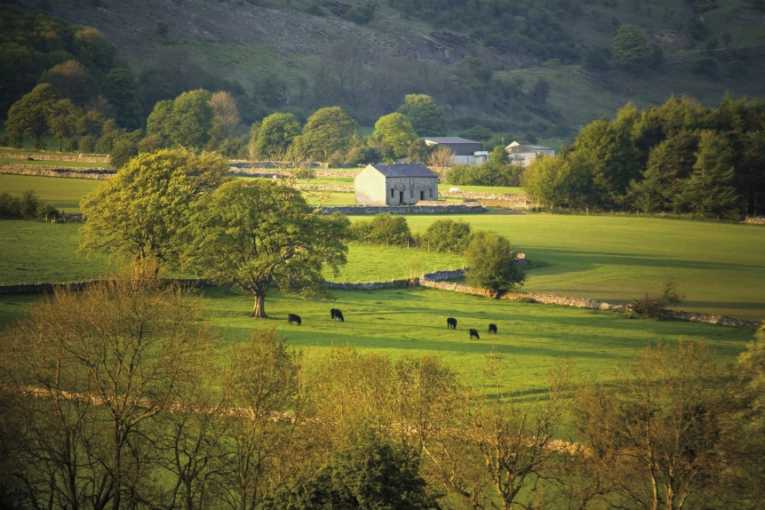England's rarest species of animals are not majestic eagles or regal deer, nor are the country's most important natural sites to be found in any of the popular National Parks. Instead, the rarest plants and animals are to be found - usually with a magnifying glass - in some of less presupposing parts of this green and pleasant land.
The newly-released Protecting England's Natural Treasures from Natural England pinpoints ten Sites of Special Scientific Interest (SSSI) as being the last refuges of some of the country's rarest species. Up in the north of the country, for example, while the Durham Dales may not be on the top of many tourists' 'to-do' lists, they are nevertheless a natural jewel, having harboured the Teesdale rock-rose and the Teesdale sandwort in splendid isolation for more than 12,000 years. Additionally, just off the north-east coast, the small island of Lindisfarne is home to the dune helleborine which, with just 300 planst left in the wild, is rarer than the giant panda.
Down in the south of England, meanwhile, the Sussex emerald moth, the reddish buff moth and the fen ragwort continue to exist in small pockets of protected land, having been all-but decimated elsewhere in the British Isles. Of perhaps the greatest interest to wildlife-lovers - and certainly more-likely to generate media attention - the ladybird spider is moving away from the brink of extinction at one undisclosed spot in the county of Dorset. So-named due to the bright red markings that appear on the male's back during the mating season, the spider is officially-recognised as Britain's rarest and most-elusive, though ongoing conservation efforts have seen numbers grow from just 56 to around 1,000 today.
Aside from offering a colourful illustration of the sheer range of species that call England home, the new report also show that working alongside the agricultural sector in order to better-protect natural habitats are working. More specifically, the Higher Level Stewardship scheme, which sees farmers benefit from funding from both the British government and the European Union for conserving valuable habitats, has been singled-out as one of the main reasons why so many rare species have been brought back from the brink.
Launching the report, Natural England Chief Executive Helen Phillips notes: ''Against a backdrop of gradual decline in biodiversity over the past century, both nationally and internationally, the revival in the fortunes of England's SSSIs represents a real success story.''
At the same time, however, she notes that there is much work still to be done, both by the government, charities and individual landowners. In particular, extra effort must be exerted to ensure that these small and localized success stories are translated into a national increase in wildlife populations.
Certainly, though they neither pass laws nor tend to the land, individual Britons can nevertheless play a key role in achieving this, largely by helping conservationists keep track of numbers. Such is the thinking behind the Big Bird Watch, which kicks off across Britain this week and will see media figures, politicians and everyday citizens spend one hour watching the comings and goings in their own back yard.
Even if a common sparrow isn't as glamorous as a ladybird spider, it is hoped that this nationwide initiative will further ensure that the country's native species continue to thrive, despite the myriad threats, from climate changes to habitat destruction, that will continue to face them in the years ahead.










